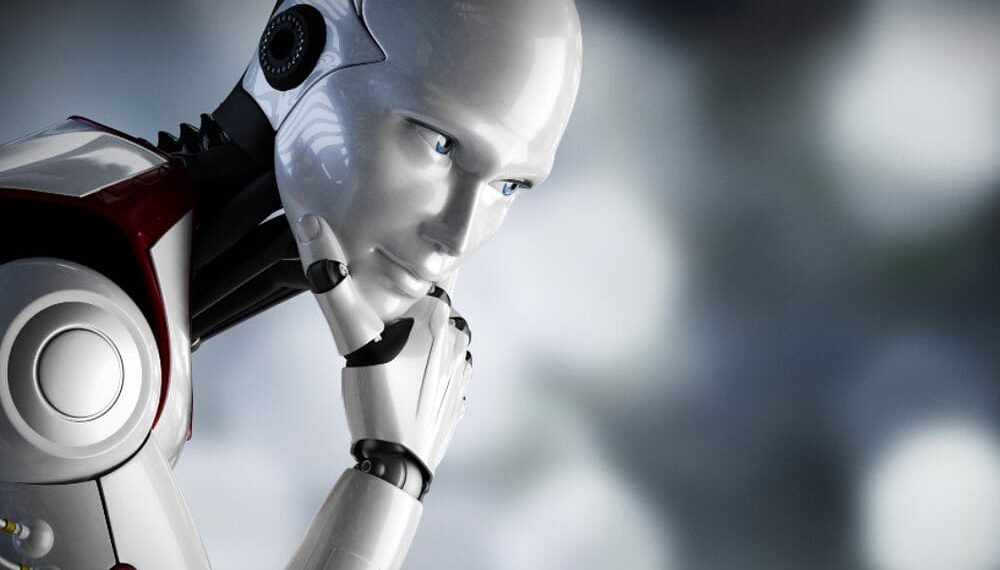Humans have been designing robots for a long time, and with advancements in artificial intelligence (AI), they will eventually exceed expectations with their abilities. Though humans desire them for their practical uses, such as deliveries or industry, experiments prove people get attached much like they would a family pet.
How could people get emotionally attached to metal, and is it part of human nature? The insight from these queries will reveal a great deal about how individuals will interact with robots as they become more knowledgeable and capable of complex tasks and thoughts.
Moments of Attachment
Robots still have plenty of room to grow. People incorporate technologies they don’t consider robots into their daily lives, such as Roombas cleaning kitchen floors or mechanical arms sorting materials on a manufacturing line. It can be upsetting when these machines die — but why?
This is where the pros and cons illuminate how an empathic nature could skew the parameters of human-robot relationships.
Many examples of robot relationships — factual and fictional — have given humans an understanding of how these interactions will carry out in the future. Media has shown the comfort an adaptive AI robot could provide. In contrast, others show the dark side of codependence — a world in which people are so emotionally invested in their machine counterparts that they would make the same or even more remarkable sacrifices than for a human friend.
Children may attach to robots in a learning environment with inventions like ABii, seeing them as friends in education. This is especially true if it helps them overcome obstacles in particular subjects or inspires confidence in students who struggle to process sensory or social stimuli.
Companies may even attach themselves to robots if they help them recruit and train employees. This utility could positively impact a business, such as better retention and more capable employees after onboarding. It could even improve company culture, as the robots provide a memorable impression on new and tenured staff because of social simulation.
Humans can get emotionally attached to robots for various reasons, including convenience, inspiration or emotional support.
Reasons Behind Emotional Attachment
One of the reasons people may get attached easily is that the definition of robots isn’t comprehensive. Most do not acknowledge how many robots are already around, and when they face more humanoid creations incorporated with AI, they conceptualize them as humanlike.
Interactions with robots also instigate an emotional trigger response. Robots could provide the same dynamic catalyst as a long-awaited text message that sparks strong feelings. People tend to personify countless items by giving them names or imprinting personalities, creating a more intimate experience.
An example of this lies in the workplace, where robots could provide greater joy and novelty coming into the office. This has a domino effect — more satisfaction at work increases productivity and output, providing workers with greater fulfillment in life. These byproducts further explain why robots tempt humans to connect.
People also unintentionally rely on robots, forming stronger relationships. Workers who know they need certain robots to run their warehouse efficiently would be upset if they disappeared. Robots’ capabilities extend to countless applications that cause humans to develop unintentional emotional attachments:
- Mental health assistance by helping psychologists
- Travel assistance by providing helpful information to reduce culture shock
- Housework assistance that reduces stress, allowing families to spend more time together
Mostly, it satisfies the innate urge to survive and protect others. People who perceive a robot as an ally or friend because of emotional response believe they deserve protection and human treatment. This matters even more if the robot has yet to develop survival instincts. Some individuals feel they must compensate for that to keep them safe.
The Effect on Robots for the Future
This impulse to emotionally connect to robots will change how manufacturers make them and how humans use them in their daily lives. People tend to anthropomorphize robots anyway, projecting their perception of relationships onto them like they’ve done so for countless years with animals. Though this behavior seems harmless, it could blind humans to the potential toxicity of corporate robotics.
Will companies exploit these relationships with unethical business models by price-gouging units or incorporating expensive upgrades? Will there be unnecessary subscription services or planned obsolescence for forced, continuous repurchases? This quandary makes skeptics wonder if emotional attachment to robots is healthy or feeding corporate greed.
Another effect humans will have on robots is greater emotional intelligence, leading to a more significant skewing of their capabilities. Machine learning will allow robots to continually process data for more accurate and humanlike interactions. However, simulated and performed emotions are not real — and humans don’t always make this distinction.
This could change the trajectory of delicate situations like international relations or even military execution. Could this save countless lives by remote warfare or place tension on alliances if technology goes awry? This is just another example of how attachment to robots could affect the future. Incorporating them into emotionally charged situations like war could make an unnerving situation even more volatile.
In the most dramatic scenario, it could also prevent humans from understanding if robots were to become sentient. Though this sounds like it’s breaching science fiction, it’s uncertain how technology will advance in the future. Since people are developing emotional attachments to nonsentient creations, how does that condition them for the alternative?
Making Friends With Robots
Whether in homes or classrooms, robotics development is rapidly becoming a staple in people’s lives. The more normalized the trend evolves, the more human relationships could change toward robots.
Given historical evidence, emotional attachments to robots are almost inevitable for many. This could lead to unhealthy emotional dependency on nonsentient machines — or it could result in more harmonious human-tech relationships as everyone strives to create a productive and convenient future. Only time will tell the end result, but the reality of deepening emotional attachment seems inevitable.
Credit: Source link




















